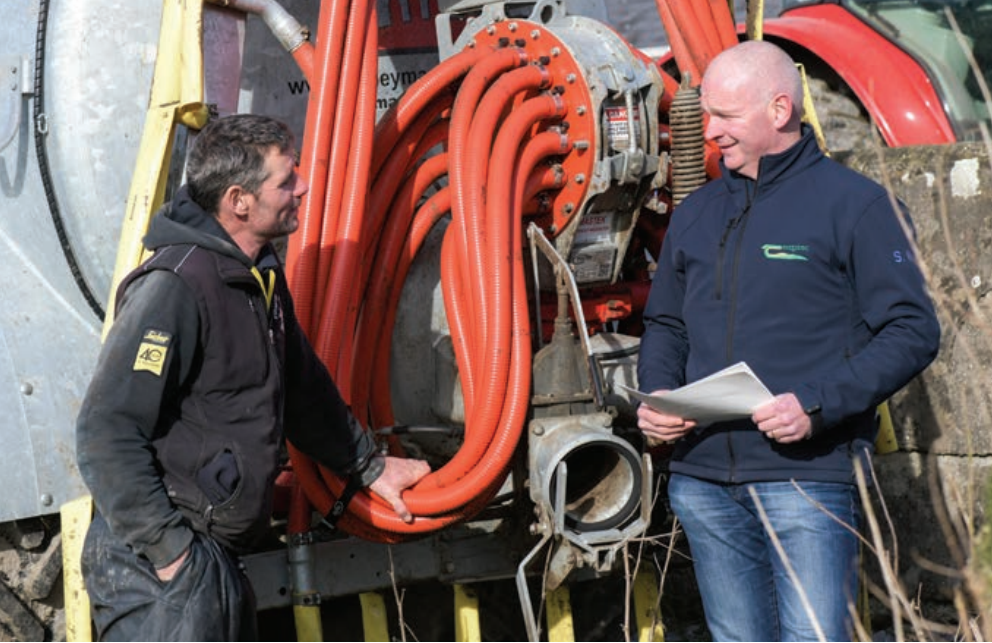07 April 2023
Harvesting the benefits of clover swards

Patrick O’Neill farms in partnership with his father Tom, 5km north of Edgeworthstown, Co. Longford. They milk approximately 115 cows, supply Lakeland Dairies, and rear their own replacements.
Patrick is a participant under the Ballyhaise Monitor Farm project. “The project was set up by Donal Patton to replicate some of the work being done at Ballyhaise College at commercial farm level,” said Patrick. “This work revolved around establishing clover and reducing nitrogen inputs.”
The O’Neills hosted a very successful event in April 2022 as part of a wider series of farm walks promoting the use of clover at farm level. Clover has been gradually built up on the farm over recent years.
“Initially, our aim was to over-sow around three suitable paddocks per year, while also incorporating clover through any reseeding,” said Patrick.
“Reseeding was more successful than over-sowing and this seems to have been the experience of other farmers in the area too.”
According to Patrick: “Establishment of clover is one thing but management is equally important. We have followed the advice as best we can in relation to the management of these swards and have managed to reduce our chemical nitrogen use significantly, while continuing to grow between 13t and 13.5t DM/ha across the farm.”
Instead of the normal application of 20 units/ac of nitrogen (N), only seven to eight units are applied on these swards from May onwards. A point emphasised by Patrick is that it is important to realise that you need sufficient clover in a paddock to apply the reduced N strategy.
“There is little point reducing or eliminating nitrogen application in paddocks where there is only 5% clover present,” confirmed Patrick.
While no issues have arisen with bloat to date, Patrick is conscious that as the clover content increases on the farm this will be an area he may have to focus on more. The O’Neills have also invested in LESS technology.
“We have seen huge advantages in applying LESS technology on this farm,” stated Patrick. “Not alone does it allow more efficient use of the nitrogen in the slurry, it fits in well with clover sward management. It’s important to remember that clover swards have a low nitrogen demand, but do still have a phosphorous and potassium requirement and the use of LESS allows me to apply a lot of these nutrients as slurry.”
Importantly, Patrick has reduced chemical nitrogen use as a consequence of incorporating clover, making best use of slurry and improving soil fertility. Patrick has seen a saving of €17,435 and a reduction in total GHG emissions of 2% due to a reduction in chemical nitrogen use from 214kg/ha in 2021 to 115kg/ha in 2022. A reduction in yield was observed in 2022 due to drought. This is consistent with PastureBase Ireland data.
Table 1: Impact of a reduction in chemcial nitrogen usage on key performance figures for Patrick O’Neill
| 2021 | 2022 | |
|---|---|---|
| Chemical N use (kg/ha) | 214 | 115 |
| Chemical N saving (kg/ha) | 99 | |
| Value per kg N | €2.38 | |
| Total farm saving | €17,435 | |
| Emissions reduction | 2% | |
| Grass grown (t DM/ha) | 14.4 | 13.3 |
| Clover levels on farm | 11% clover with 24% of the area under clover | 18% clover with 35% of the area under clover |
This article was originally published in the March/April edition of Today’s Farm.
